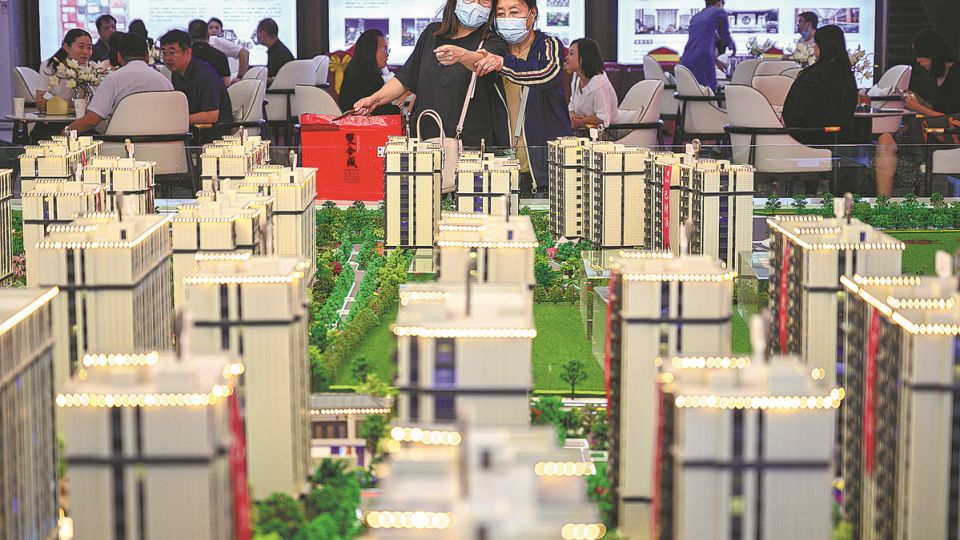November 30, 2022
BEIJING – China’s latest policies will pump more liquidity into the economy to boost growth, improve real estate financing, stabilize market expectations and help shore up economic recovery in the coming months, industry experts said.
The China Securities Regulatory Commission announced on Monday it has decided to optimize real estate equity financing measures, such as resuming refinancing of listed real estate developers.
Other measures include the central bank’s move on Friday to cut the reserve requirement ratio for financial institutions by 0.25 percentage points, and 16 supportive measures released last week to ensure the steady development of the real estate sector.
Their effects will gradually kick in and pave the way for a sound economic recovery, the experts said.
The RRR cut, which will take effect on Dec 5, is expected to inject about 500 billion yuan ($69.45 billion) of liquidity into the economy, according to the People’s Bank of China, the central bank. The cut does not apply to financial institutions that have already adopted an RRR of 5 percent.
Wang Yunjin, senior researcher at the Zhixin Investment Research Institute, said the cut was triggered by several factors, including an expected increase in demand for liquidity at the end of the year, and the need to maintain sufficient liquidity in the banking system to support the healthy development of the real estate industry.
Yi Gang, PBOC governor, said at the Annual Conference of Financial Street Forum 2022 last week that as the real estate sector is linked to many upstream and downstream industries, its virtuous circle is of great significance to healthy economic development.
According to a circular jointly released by the PBOC and the China Banking and Insurance Regulatory Commission, the country supports development and policy banks offering special loans aimed at ensuring delivery of presold homes, and also encourages financial institutions to provide ancillary financing for housing projects backed by the special loans.
The issuance of such special loans to real estate projects has almost been completed, and effectively promoted the delivery of projects, said a CBIRC official.
Large State-owned commercial banks are taking the lead in ramping up real estate financing. The Industrial and Commercial Bank of China, the country’s largest commercial lender by assets, said on Thursday it will provide 655 billion yuan in credit lines to 12 developers.
“This move is conducive to mitigating funding pressure in the housing sector, easing liquidity stress on some property developers, ensuring deliveries of presold homes and stabilizing the housing market. It will also have positive effects on real estate related industries, thus better stabilizing economic growth and reducing systemic risk,” said Lou Feipeng, senior economist at Postal Savings Bank of China.
He added there is still room for housing policies, such as relaxing mortgage criteria for first-time homebuyers, relaxing restrictions on the number of homes purchased, and guiding banks to cut mortgage rates.
Dong Ximiao, chief researcher at Merchants Union Consumer Finance Co, said that after lowering the RRR, policymakers should also cut loan prime rates — market-based benchmark lending rates — and especially the over-five-year loan prime rate.
If loan prime rates were lowered by 5 to 10 basis points in December, it would give a strong stimulus to housing demand and reduce mortgage rates. This would also help lower the medium- and long-term borrowing costs of businesses and facilitate the construction of major infrastructure projects, Dong said.


